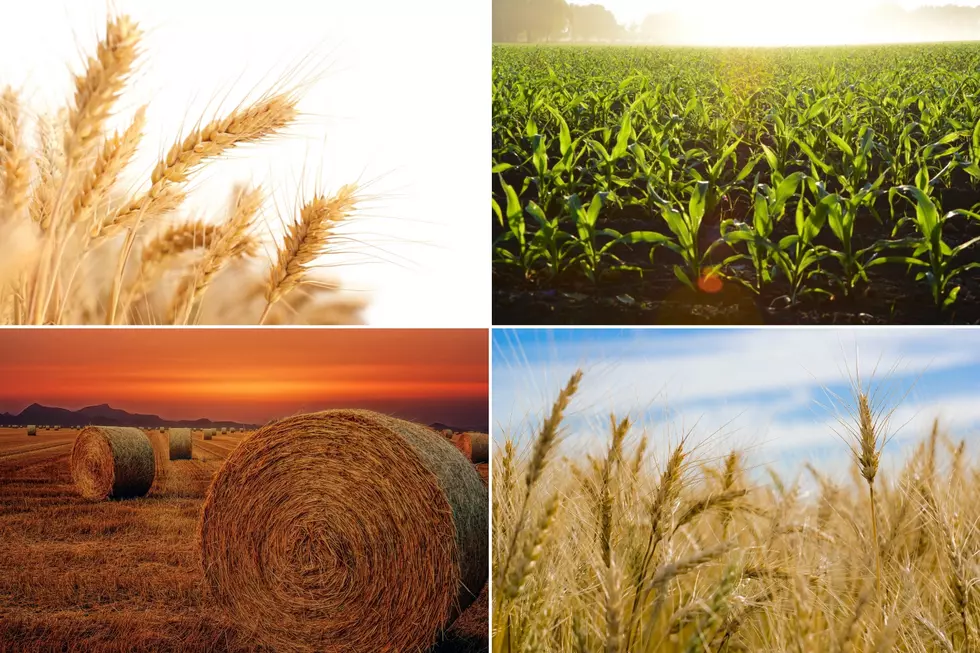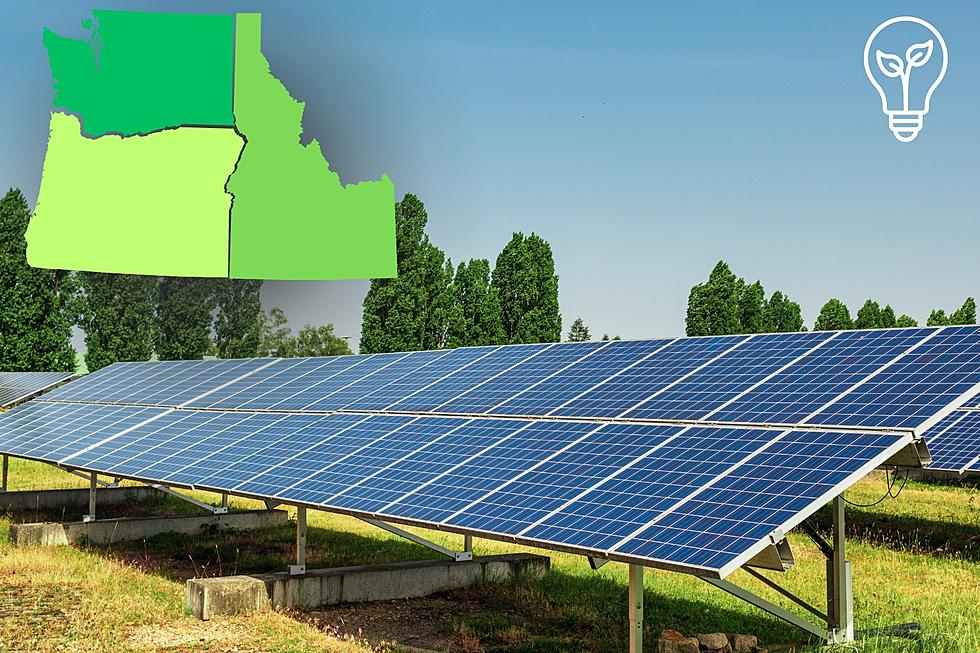
Winter Wheat Needs Water, Rippey Says
Winter wheat needs moisture, especially at critical stages of development. So what happens to winter wheat that doesn't get enough water?
"Once those winter wheat plants are vegetative, which we are seeing across the southern great plains, you get the growth of the stalk, and then it begins to head out," said USDA meteorologist Brad Rippey. "That's a critical stage in the sense that that is when the grain fills the head and that is what's harvested; what's used."
"And so when you see 15% of the Texas crop heading, if we do not get moisture in the very near future, those heads will not properly fill. You'll have a light weight head that will not produce much in terms of winter wheat yield."
Meanwhile, Rippey pointed out that jointing comes before heading.
"Once you get beyond heading, its too late for the crop. So, once you see the crop becoming vegetative, reaching the jointing stage of development, its imperative to get moisture. Otherwise you can get blank, or under filled heads that can lead to very low yields, or abandonment of the crop."
If you have a story idea for the PNW Ag Network, call (509) 547-1618, or e-mail gvaagen@cherrycreekmedia.com
More From PNW Ag Network









